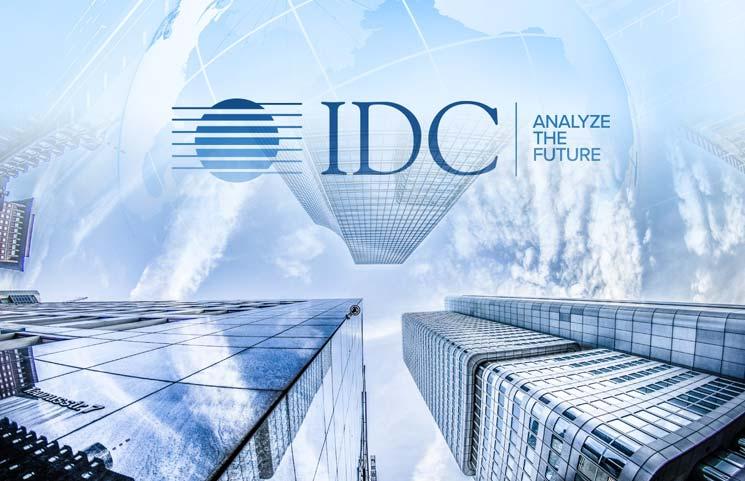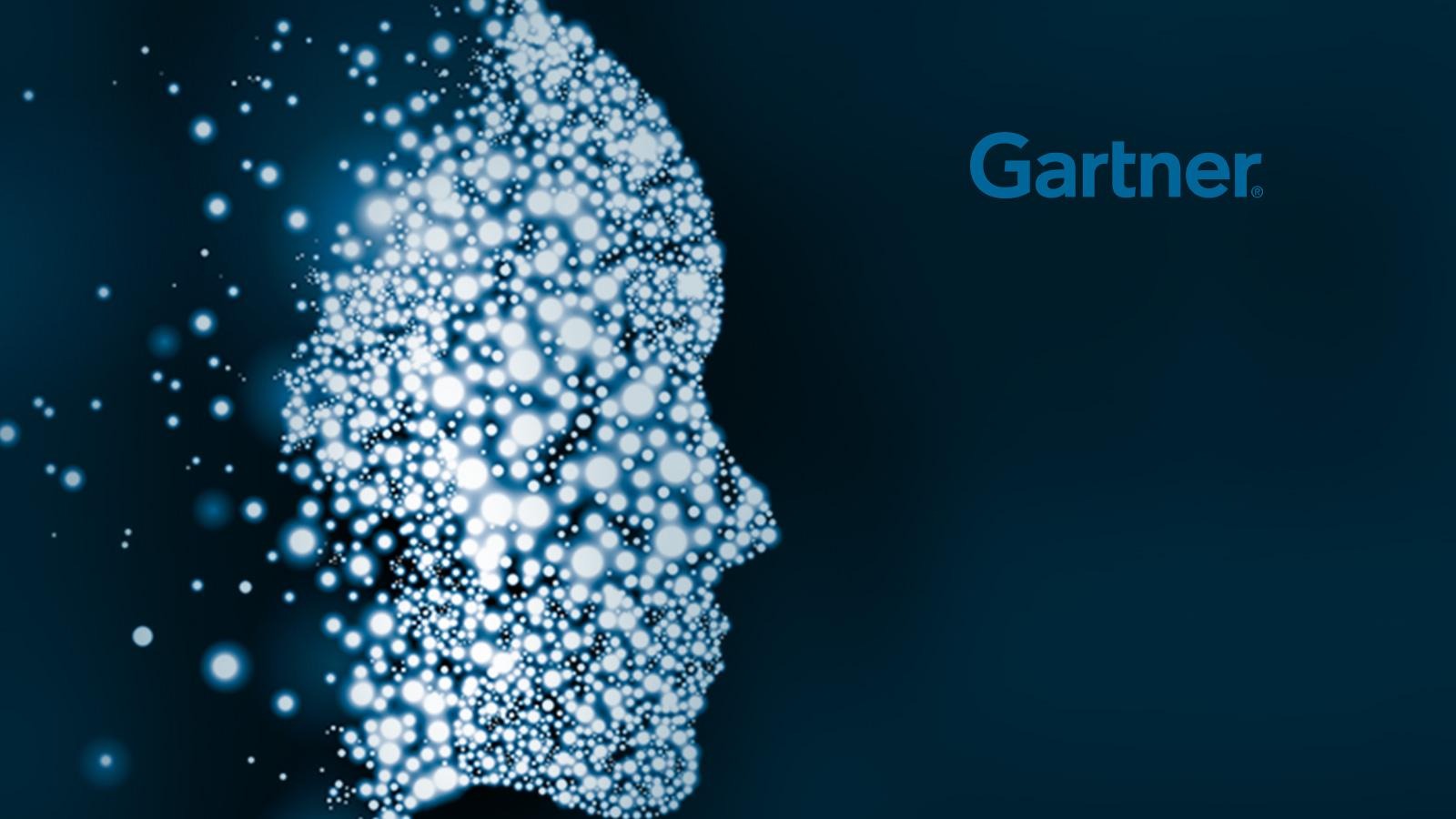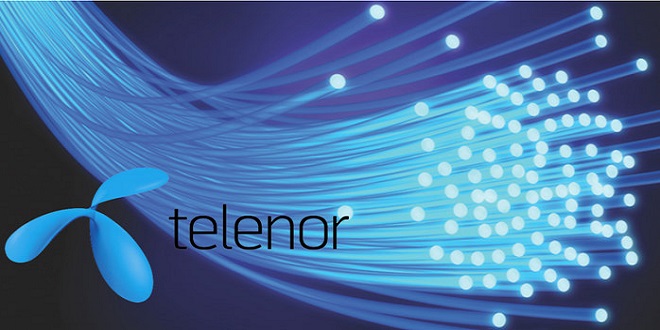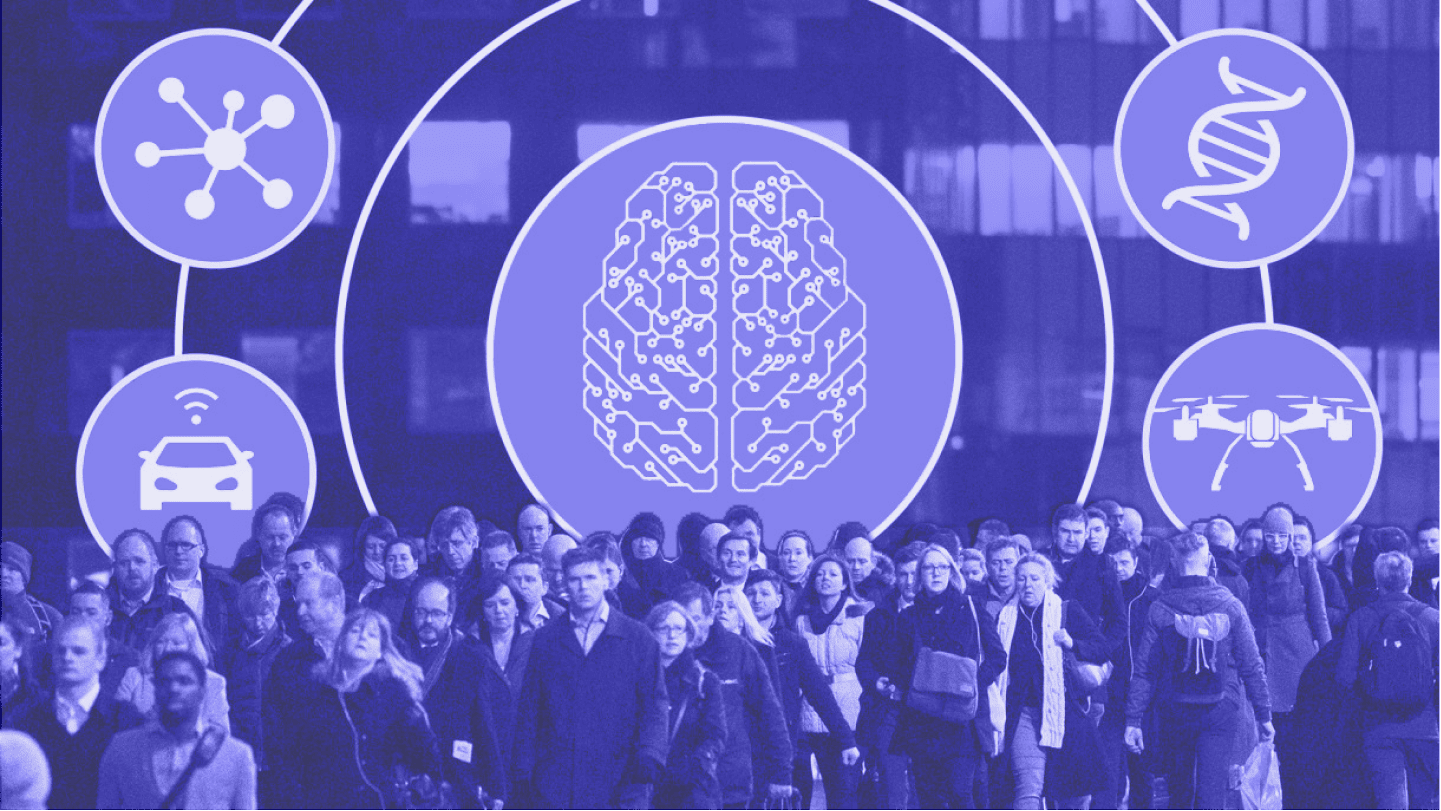Geniusee team collected the views of leading companies such as Gartner, IDC and Telenor about technology trends in 2020. The forecasts of these companies are reputable in the data world.
Latest Web Development Trends: What Should We Expect in 2021
International Data Corporation (IDC): 10 trends in the IT market in 2020

At the end of November 2019, the international research and consulting company IDC presented 10 forecasts for the development of the IT industry in 2020.
-
01
Companies are in a hurry to innovate. By 2023, more than 50% of all expenses on Information and communications technology (ICT) will go to digital transformation and innovation (for comparison, in 2018 this share was 27%). Companies must develop a multi-year digital transformation plan and identify critical success factors to keep up with the rest of the world.
-
02
Use of cloud services. To remain competitive, modern services should work anywhere, anytime. By 2022, 70% of enterprises will implement unified technologies, tools, and hybrid / multi-link management processes. Organizations need to prepare, find SaaS-based priority offers, identify relevant key business indicators, and reintegrate the entire IT infrastructure.
-
03
Peripheral computing. By 2023, more than 50% of corporate infrastructure will be deployed on peripheral devices, and not in data centers (in 2019, this figure is less than 10%). It is estimated that by 2024 the number of applications with peripheral computing will grow by 800%. Companies will have to upgrade their IT infrastructure to keep pace with the times, as well as find new partners.
-
04
Digital Innovation Factories. By 2025, nearly two-thirds of enterprises will become software manufacturers. More than 90% of applications will become cloudy, 80% of the code will come from external sources, and there will be 1.6 times more developers than today. Business leaders are encouraged to invest in automation systems and start interacting with open source software communities.
-
05
The boom in industrial applications. By 2023, more than 500 million digital applications and services will be developed and deployed using cloud technology. Most of them will focus on industry. As new applications and services become available, new minimum competitive requirements will be formed in each industry.
-
06
AI is inevitable. By 2025, 90% of new enterprise applications will use AI. By 2024, more than 50% of user interface interactions will use computer vision, speech, natural language processing, and augmented / virtual reality features.
-
07
Growth of trust. By 2023, most organizations will build trust in security, risk, regulatory compliance, confidentiality, and ethical business operations. Trust should be a fundamental concept for companies so that they can remain competitive.
-
08
Each enterprise as a platform. By 2023, 60% of large companies will be connected to the digital ecosystem of programmers and application developers. Half of these enterprises will receive at least 20% of their income through their own digital ecosystem / platform.
-
09
Intersectoral collaboration. By 2025, 20% of revenue growth will come from offers that combine digital services from previously unrelated industries. About 20% of partners will also come from new industries.
-
10
Technological wars continue. By 2023, the market is consolidating around a small number of mega platforms of cloud services, and five of them will cover at least 75% of the market share of IaaS and PaaS. The top 10 SaaS providers will receive an average of almost 20% of the revenue from expanding their PaaS services.
Gartner: 10 trends that will affect IT infrastructure in 2020

In mid-December 2019, Gartner, an analytical company, introduced the main trends that will affect IT infrastructure in 2020.
-
01
Revision of automation strategies. Despite the widespread introduction of automation, in many areas there is still no common update strategy. As a result, companies spend money on duplicating existing tools and processes, which hinders the effective scaling of the business. It is assumed that by 2025 company executives will invest not just in automation but in the development of common industry strategies for its implementation.
-
02
Hybrid IT infrastructure and disaster recovery confidence. Disaster recovery plans designed for legacy systems need to be revised to reflect new hybrid IT infrastructures, or the entire organization could be in jeopardy, analysts warn. The sustainability requirements of IT infrastructure should be evaluated at the design stages, and not considered only after deployment. Given that many companies are ignoring these requirements, by 2021 most of them may have serious problems due to the transition to hybrid cloud infrastructures.
-
03
Flexible scaling of DevOps. The vast majority of organizations that do not use shared self-service platforms may discover in 2020 that their DevOps initiatives are simply not scalable. A common platform allows developers to use the full potential of digital tools with scalability.
-
04
Infrastructure Growth Planning. With the growing popularity of AI and machine learning, organizations will have to think about how they will manage the powerful data stream. It is assumed that by 2022 corporate IT infrastructures will not use traditional data centers but peripheral computing, which will require a special approach to data protection.
-
05
Flexibility of Internet of Things. IoT devices must be flexible, as individual vendors are unlikely to provide each client with a complex solution. Operation should be considered in the very early stages of IoT planning to offer a specific service and support model in a scalable environment. This avoids the cascading effect of unexpected service outages.
-
06
Distributed Cloud. Distributed clouds (that is, the distribution of public cloud services in different physical locations managed by one provider) will allow organizations to host public cloud services in their geographic region.
-
07
Dive experience. Continuous integration, fast response and lack of downtime are no longer advantages, but new standards that will have to be met. Analysts warn that dissatisfied customers will seriously affect their corporate reputation.
-
08
Democratization of IT. A visual approach to application development based on the maximum use of ready-made modules allows developers of any skill level to create web and mobile applications with minimal programming experience.
-
09
Network. Many teams succeeded by providing highly accessible networks, but often this success is achieved through careful change management. However, starting from 2020 network management will become an increasingly complex task. The problems associated with risk prevention and blocking suppliers mean that some network teams will have a difficult period, analysts warn.
-
10
Hybrid Digital Infrastructure Management (HDIM). With the development of hybrid digital infrastructures, the need for their management is growing. This task can be facilitated with the help of special tools HDIM, however, analysts warn that you should not trust suppliers offering a single solution to all problems.
Telenor, a Norwegian telecommunications company, has also published its list of top technology trends for 2020

A similar forecast of the main techno trends for 2019, which was published by Telenor at the end of 2018, showed its viability. Consequently, their forecasts for 2020 may also help take a look at the future of technology.
-
01
"Green innovation" will turn into "something real". Using the Internet of things, big data and AI technologies will allow you to estimate consumption, reduce demand and significantly reduce carbon dioxide emissions while reducing costs and creating new sources of income. Many companies, especially in Europe, will strive to obtain one hundred percent renewable electricity, which will become a new basis for doing business that does not affect the climate. Consumers will be offered new services and applications that will help shape and control green habits. Public and private investors will start investing in green startups, the growth of which is also expected in 2020.
-
02
The spread of the "Internet of Bodies" (Internet of Bodies). In 2020 applications will appear that will not only receive and process various indicators of the human body, as is happening now (for example, a fitness tracker that measures the pulse), but also automatically intervene in the current state of the user if it is really necessary. For example, insulin pumps will appear that will measure blood sugar and, if necessary, adjust its parameters by injecting insulin into the body.
-
03
Creation of new infrastructure links between companies of various industries. The massive launch of the fifth-generation (5G) commercial mobile communications network in the world will launch platforms that "will change the world." The ability to transmit data with minimal signal delay and a significantly larger number of IoT devices in the world will allow for remote investigation of emergencies, the development of e-health, and better logistics. This trend has already been wildly developed.
-
04
Distribution of closed networks. Science many technology companies and governments collect and analyze more and more user data on the Internet every year, entire user communities will begin to use closed peer-to-peer networks (decentralized networks) to protect their communications. In addition to fully encrypted applications, individuals and organizations will begin to develop their own communications networks, as, for example, has been the case during the recent protests in Hong Kong.
-
05
The term “dirty data” will become mainstream. The term "dirty data" will be used to challenge the credibility of AI. As decision-making based on AI technology or machine learning becomes more common, it will become the subject of more public scrutiny. Users will be asked if the decisions are fair and impartial or if the training in technology used “dirty” data. If the data sets were inaccurate, biased or compromised, then the decisions may be erroneous or even illegal. Some companies have already begun to prepare for this trend, for example, Google has recently introduced an Explainable AI.
-
06
The issue of trust in technology companies will become more acute. More and more users around the world are starting to realize that the search services or social networks that they get for free are not that, and companies make money using their users' data. In 2020, users will increasingly trust companies whose revenue does not depend on how much they know about users. For example, recently it has become known that the public data of 1.2 billion users of different social networks could be downloaded online.
-
07
Dissemination of eSIM technology. The use of an electronic SIM card (a chip integrated into the device at the production stage, onto which telecom operator data can be remotely recorded) both in consumer electronics and in IoT items will become very popular and will be used everywhere.
-
08
The spread of electric vehicles and problems with charging stations. In 2020, almost all the largest automakers will offer their models of family electric cars that will be able to cover longer distances. The cost of such machines will decrease, which will attract new customers. Because of this, a negative attitude towards electric cars may also appear in 2020, since the demand for charging stations will exceed the supply.
-
09
There will be new tools for tracking sleep. A new generation of fitness trackers and other wearable devices will be able to measure not only the pulse and movements of the user, but also the level of oxygen in the blood and, possibly, brain activity. Sleep technologies will not be ideal, but they will change our ability to measure, control and optimize sleep.
-
10
There will be increased competition between the largest online video services. The AppleTV +, Disney +, Netflix and other streaming video services platforms will start a full-scale war for users, during which consumers will receive more content and the content will become better and more interesting.

Other IT companies are also trying to make predictions for the future. For example, Apple is confident that in three to four years AR glasses will begin to replace smartphones. According to Tim Cook states it is augmented reality, not virtual, that will be crucial for user devices in a few years.
According to the Financial Times, the market for commercial applications in the next five years will grow to $ 40 billion. Goldman Sachs financial group said that in 2020 the UAV market would reach $100 billion.
We hope that this article allows you to form your views on the nearest future technologies.
Subscribe to our blog if you want to keep abreast of the latest news in the technological world.





















